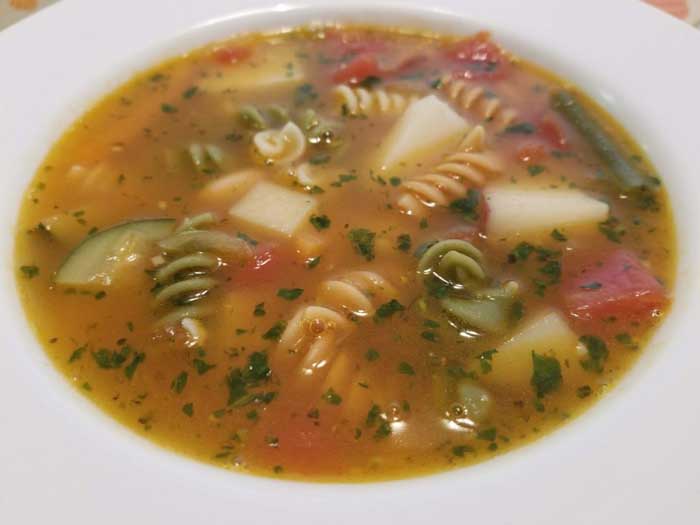
Meal planning can be a daunting task. But, this article is going to teach you the basics that you absolutely need to know.
Meal planning could honestly be a book in its own right. In fact, I am pretty sure there are several hundred books available on this topic in any given language. I will try to make this as short and sweet as possible and get straight to the point.
Making balanced meals is actually surprisingly simple once you begin cooking at home and taking control of your food. You want to make certain that your meals contain all of the nutrients that I had spoken about in the macro nutrients section. So now, let’s talk about the quantities of these nutrients.
My Meal Planning Formula
25% of the meal should be proteins and fats and 75% should be carbohydrates, vitamins, and minerals.
The average American household simply eats too much meat. A serving of meat is actually 4 ounces. So, a 16 ounce New York strip steak would actually be 4 servings of meat. If you follow the 25-75 rule, you will end up getting more vegetables and carbohydrates naturally into your meals. This technique also naturally makes well rounded meals without even trying. If you do it right, it will even save you money at the grocery store.
Example 1 of what a 25-75 meal plan would look like:
4 ounces of grilled chicken breast (protein)
6 ounces of cauliflower and broccoli mix (vitamins and minerals)
6 ounces of basmati rice (carbohydrates)
Example 2 of what a 25-75 meal plan would look like:
4 ounces of grilled chicken breast (protein)
4 ounces of sautéed zucchini (vitamins and minerals)
4 ounces of black beans (carbohydrates)
4 ounces of apple slices (vitamins and minerals)
In this example, the chicken breast is our source of protein. The zucchini and apples make up two different sources in vitamins and minerals. And, we are using the black beans as our source of carbohydrates. Black beans are normally be considered a protein. However in this example, they are functioning more like a carbohydrate than any other nutrient.
Do What Works for You
The 25-75 meal planning rule is a sliding scale. What that means is that you do not have to have exactly proportional amounts of carbohydrates to vitamins and minerals. You can adjust the proportions based on what you are making and on what works best for your body. If you need to increase the protein, you can always increase the protein. But, you want to make sure that you always keep all 3 of those nutrient categories present at the table for every meal. Remember, you are your own best advocate. The same diet does not work for everyone.
You need to learn to listen to your body’s cravings and understand what it’s telling you. For example, I was the guest on a radio show. A very nice woman called in and felt like she was crazy because during breast cancer treatment she craved trout and baked beans. To her, she felt like she was crazy because most cancer patients can be put off by the smell of fish. But that was her body telling her exactly what she needed. I will explain to you here what I explained to her on the radio show.
Trout is a lean and very easily digestible protein source. It is also a great source of omega-3, which is a fatty acid. Baked beans are full of protein, carbohydrates, fat, fiber, and other nutrients that your body needs when it is trying to rebuild cells. Remember, that very often, cancer treatment involves some form of surgery that your body has to heal after. The best nutrient for that job is protein. Do what works best for you and always work with your dietitian.